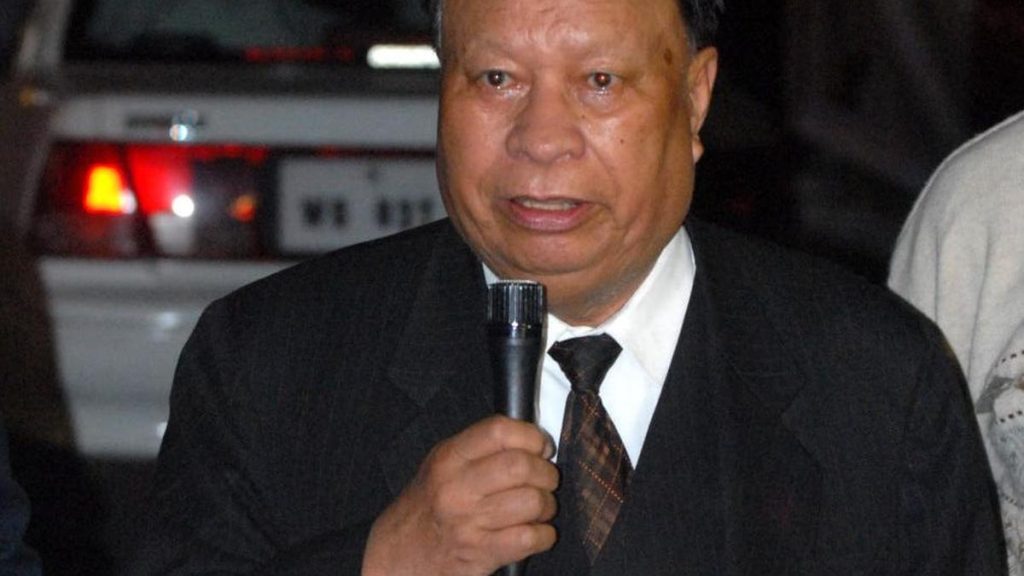Now Reading: How the Brain Responds to Unethical Orders
-
01
How the Brain Responds to Unethical Orders
How the Brain Responds to Unethical Orders

Quick Summary
- A study from the Centre for research in Cognition and Neuroscience at Université libre de Bruxelles examined moral decision-making under coercion among civilians and military officer cadets.
- Both groups exhibited a diminished sense of agency (SoA) while following morally questionable orders, measured by “temporal binding.”
- No differences in neural responses between civilians and military personnel were found, indicating minimal influence of everyday environments on the brain’s moral decision mechanisms.
- Brain regions like the frontal gyrus,precuneus,and occipital lobe play key roles in shaping SoA during coerced actions.
- Military rank may influence SoA; lower-ranking personnel reportedly show reduced obligation perception compared to officers.
Indian Opinion Analysis
This study highlights vital insights into human behavior under hierarchies that are relevant across sectors, including India’s armed forces, corporate settings, and daily life practices shaped by social norms or authorities.The findings suggest that obedience to authority can override individual moral responsibility irrespective of training or environment – similar implications could emerge in domestic contexts where family hierarchy or workplace structures promote compliance over discretion.For India’s defense services specifically, this reinforces the continued importance of responsibility training among personnel to counteract situations where adherence to commands may compromise ethics or humanity. Outside military settings, understanding how rules subtly impact ethical instincts could inform public policymaking around education systems emphasizing critical thinking alongside rule-following traditions.This research also opens conversations on balancing hierarchy with personal accountability – a nuanced aspect warranting deeper examination within india’s culturally diverse societal frameworks.By exploring such findings further locally through Indian-specific studies reflecting unique socio-cultural hierarchies, policymakers can shape interventions both at institutional levels and grassroots communities for broader societal benefit.
























